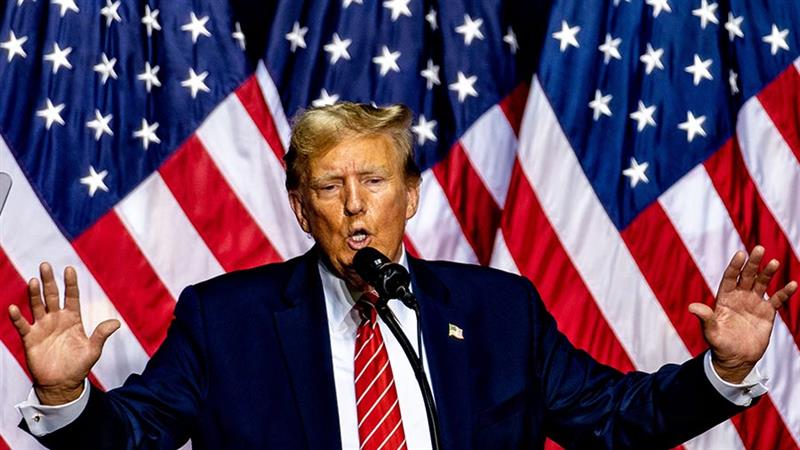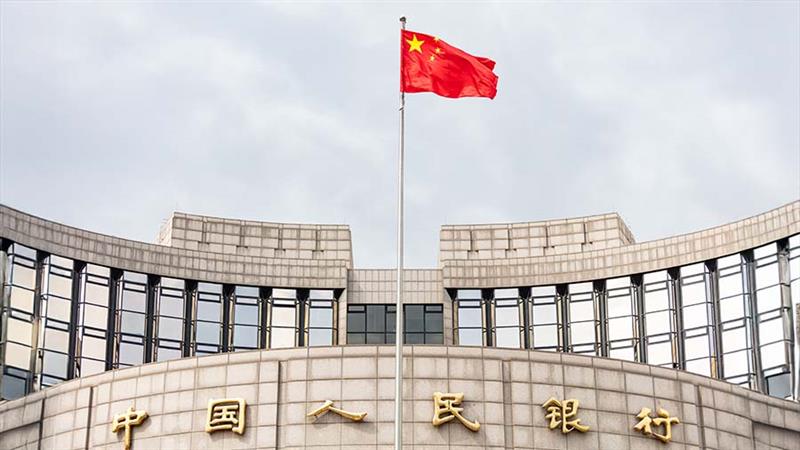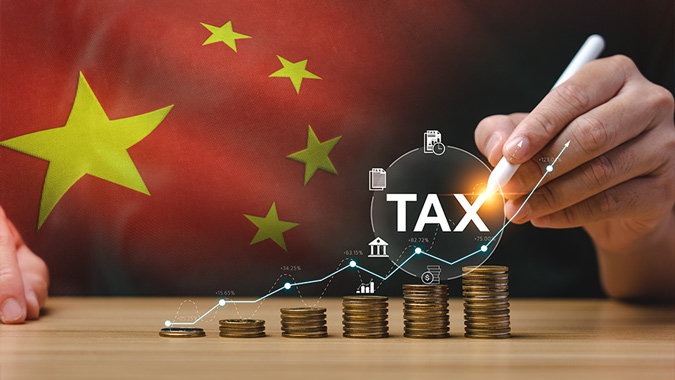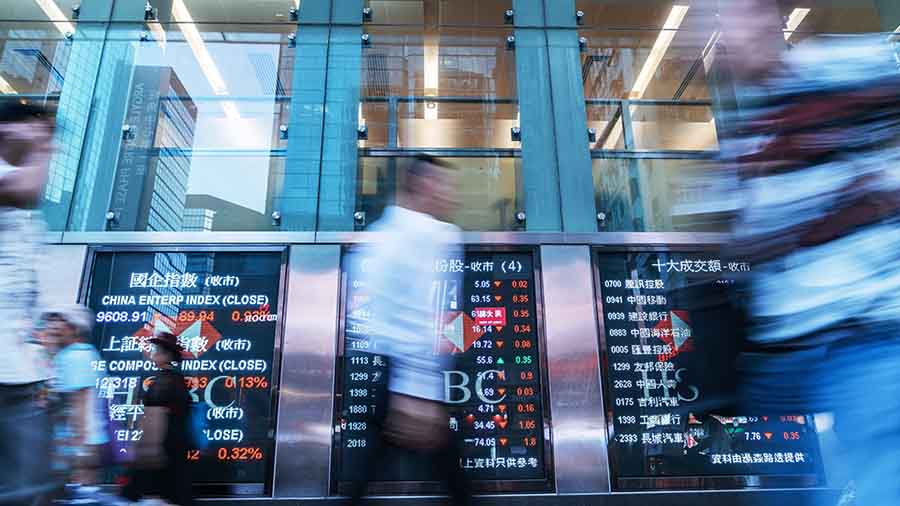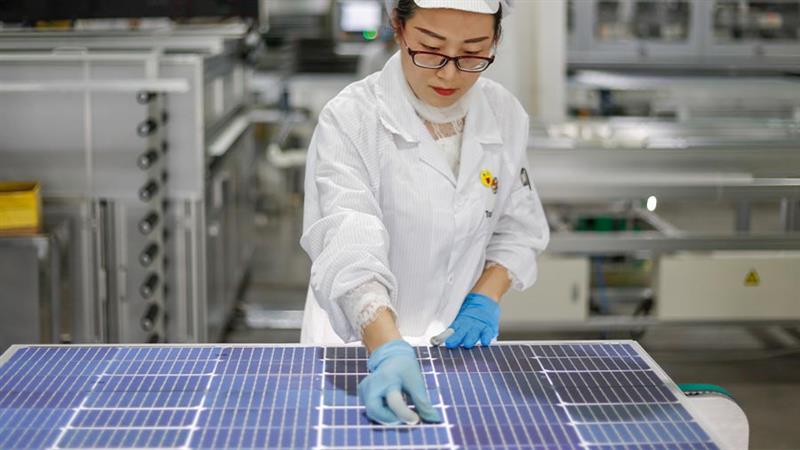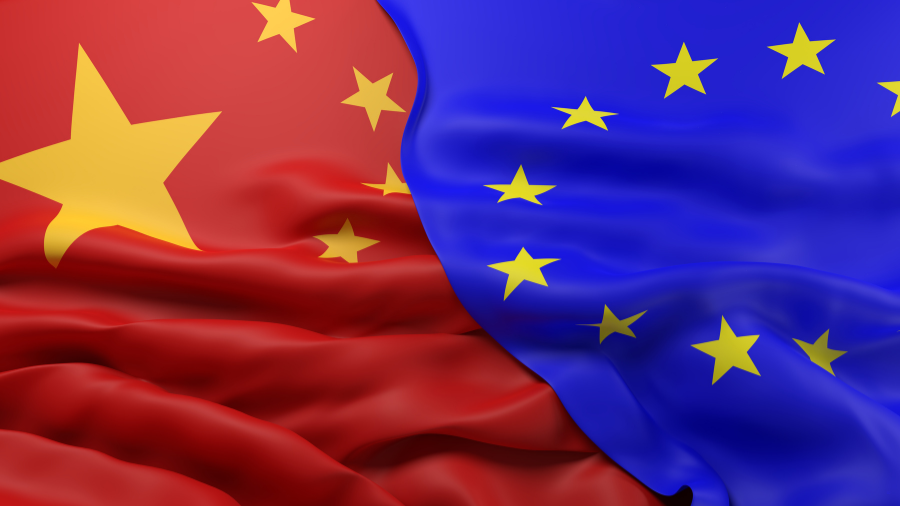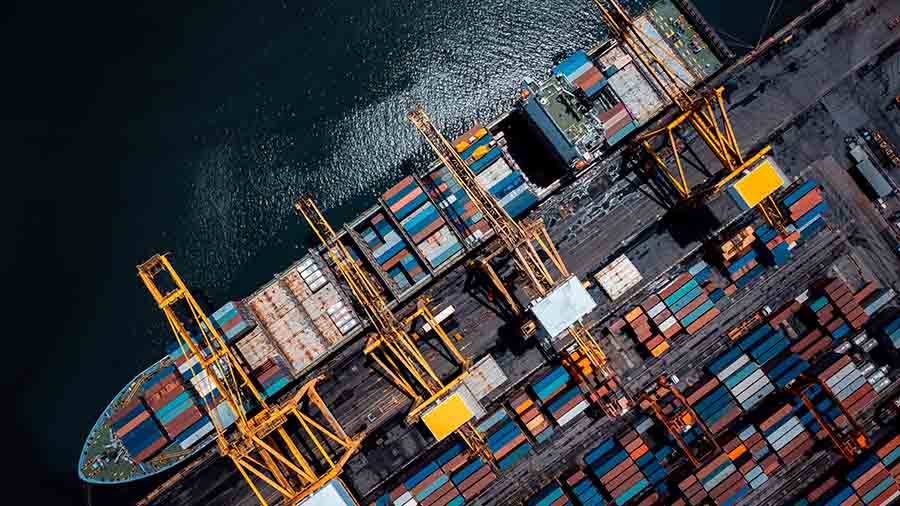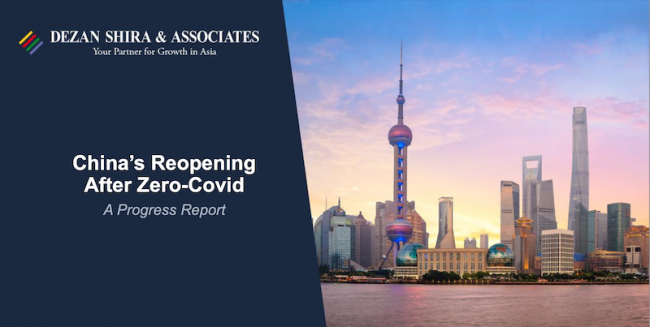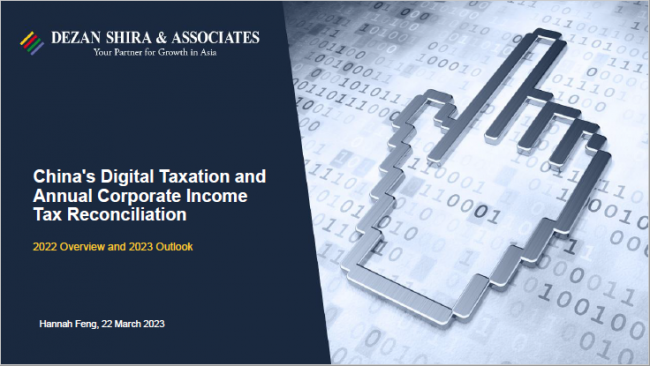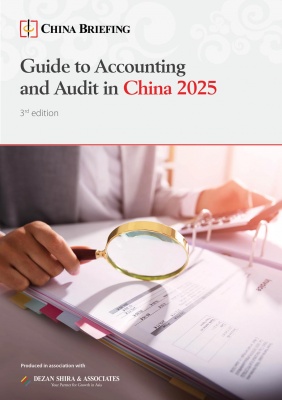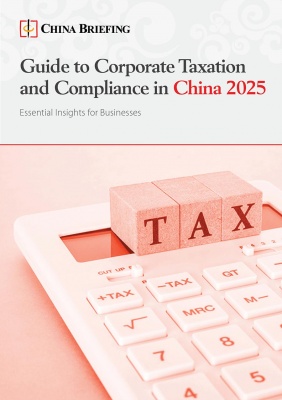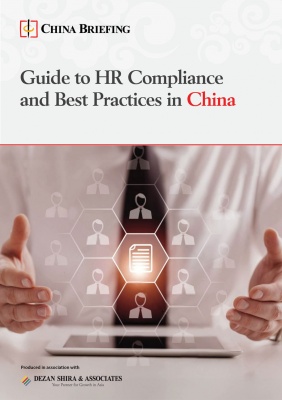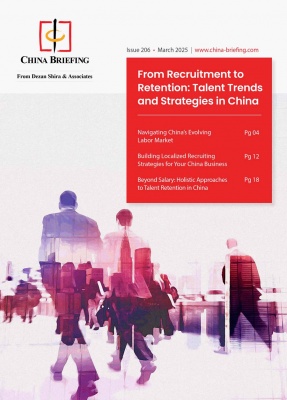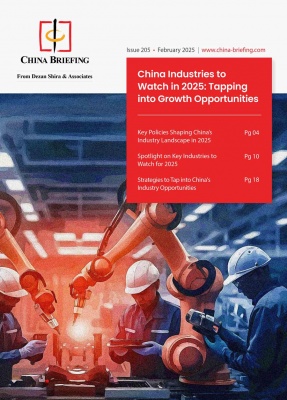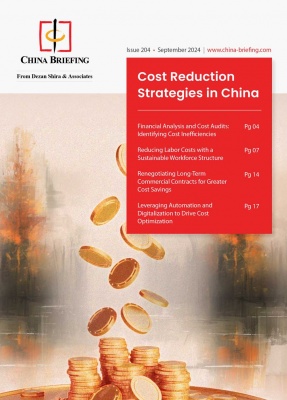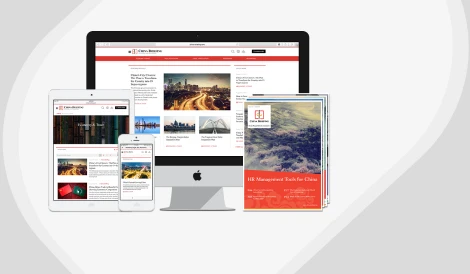China’s New Instant VAT Refund Policy: Boost to Tourism and Retail, Amid Tariff Tensions
China’s new instant VAT refund system enables foreign tourists to receive instant tax rebates at the point of purchase, aiming to boost domestic consumption and streamline the retail-tourism experience. While promising increased spending and digital tax efficiency, successful implementation will depend on retailer compliance and infrastructure readiness.
As global trade dynamics remain shaped by tariff disputes and shifting economic alliances, China is quietly advancing a different strategy to attract foreign consumers and boost domestic consumption. On April 8, 2025, the State Taxation Administration (STA) announced a nationwide rollout of a revamped value-added tax (VAT) refund mechanism for foreign tourists, transitioning from a refund-upon-departure model to a refund-upon-purchase system.
This policy change enables eligible foreign visitors to receive VAT refunds instantly at the point of sale, rather than waiting to claim reimbursement at airports or border checkpoints upon leaving China. The shift not only simplifies the refund process but also encourages immediate reinvestment of refunded amounts into China’s domestic economy—a strategic move aligned with the country’s broader goals of enhancing its tourism sector and retail environment.
Initially piloted in key commercial hubs such as Beijing, Shanghai, and Shenzhen, the policy has now met operational requirements for nationwide implementation. By streamlining refund procedures and aligning with international best practices, China aims to position itself as a competitive and consumer-friendly destination for inbound travelers, even as other major economies lean toward protectionism and trade barriers.
China’s new instant VAT refund policy shift: From departure to purchase
China’s updated VAT refund mechanism marks a structural change in how the country handles tax incentives for foreign shoppers. Starting from April 8, 2025, tourists can receive refunds directly at designated tax-free retailers rather than navigating airport counters or exit procedures. This means that VAT rebates—previously locked until departure—are now unlocked immediately at the point of sale.
At its core, the policy redefines the VAT refund process as a consumer-friendly feature of the in-store checkout experience. Travelers simply present their passports when purchasing, with digital systems handling verification and calculation on the spot.
Refund amounts are based on standard formulas. For instance, on a RMB 1,000 (US$136,08) purchase with a 13 percent VAT and an 80 percent refund rate, a tourist would receive around RMB 92 (US$12.52) back immediately—money that can be used again during their stay. While the change may appear administrative, it has significant implications: it moves VAT policy from being a bureaucratic afterthought to a seamless, value-added service embedded in real-time retail.
Strategic intent: Boosting domestic consumption and tourism
Beyond administrative efficiency, China’s updated VAT refund policy reveals a deliberate economic strategy: convert tax rebates into tools for real-time domestic stimulus. By enabling instant refunds, the State Taxation Administration (STA) aims to encourage in situ reinvestment of refunded amounts—transforming the tourist shopping experience into a sustained engine for local consumption.
The policy reflects three core objectives:
- To streamline refund processes and eliminate friction in tax procedures that traditionally deterred tourists from reclaiming what they were owed;
- To enhance the overall retail-tourism interface, positioning China as a responsive and competitive shopping destination; and
- To increase liquidity for travelers, allowing them to spend more freely during their stay.
Crucially, this initiative leverages China’s digital infrastructure. With the integration of e-fapiao systems and automatic passport-linked verification at certified retailers, refund processing has become nearly instantaneous. In many locations, tourists no longer need to fill out forms—passport scans trigger automated refund calculations, requiring just a signature to complete the transaction.
This combination of tax incentives and digital innovation reflects China’s broader pivot toward service-oriented growth, where tourism, consumption, and user experience are central to policy design.
Consumer benefits
For foreign tourists, the advantages of China’s new VAT refund policy are both immediate and highly practical. Chief among these is the ability to access refunded amounts instantly at the point of purchase—transforming what was once a deferred administrative process into a real-time consumer benefit.
Gone are the days of lining up at airport counters, juggling paper receipts, and navigating bureaucratic steps just before boarding. With the updated system, eligible visitors can receive their VAT refund within minutes, using just their passport and a simple signature. This not only reduces friction but also empowers tourists to use the refunded funds immediately—reinvesting them into further shopping, dining, or cultural activities during their stay.
Eligibility and operational details
The updated VAT refund policy applies exclusively to non-resident individuals who meet specific requirements.
| China’s New Instant VAT Refund Policy | ||
| Tourist Eligibility Criteria | Retailer Participation Requirements | Transaction Limits and Refunds |
|
|
|
Q&A: Understanding China’s instant VAT refund for tourists
What is the “instant VAT refund” policy?
It is a facilitation measure that allows eligible overseas tourists to receive their VAT refund directly at the store after purchase, instead of waiting until departure.
Who qualifies for this service?
Foreign nationals as well as Hong Kong, Macao, or Taiwan residents who have stayed in mainland China for no more than 183 consecutive days, and meet departure requirements at designated ports within an agreed timeframe.
Which goods are eligible?
All items covered under the existing VAT refund scheme are also eligible for the instant refund mechanism.
How does the process work?
- In-store refund: Tourists sign an agreement and authorize a credit card pre-authorization. The store provides the VAT refund amount in RMB as a prepayment.
- Customs verification: At departure, tourists must present goods, invoices, and ID for customs verification.
- Final settlement: The refund agency reviews documents and, if compliant, cancels the credit card hold—officializing the refund.
What is a “credit card pre-authorization”?
It’s a temporary freeze of an amount equal to the refund, used as a security measure. If tourists fail to leave as agreed, the amount is deducted by the refund agency.
What happens if the tourist doesn’t meet the terms?
If they don’t depart on time or from the designated port, the refund agency will deduct the prepayment from their credit card within three working days after the deadline.
How is the refund amount calculated?
The final refundable amount is:
Refund = (Invoice amount incl. VAT × refund rate) – handling fee
Outlook and challenges
While the outlook is generally optimistic, with the potential for increased tourist spending and broader participation by domestic retailers, several challenges remain.
Opportunities abound in the form of enhanced digital tax compliance, streamlined tourist spending, and the creation of new revenue channels for retailers catering to foreign clientele. The policy is also well-positioned to support government efforts to modernize China’s tax infrastructure and retail ecosystem.
However, effective implementation depends on retailer compliance, technological integration, and the prevention of refund fraud. Additionally, airport and border infrastructure must be scaled to handle the verification processes smoothly, especially during peak travel periods.
As China’s real-time VAT refund model matures, ongoing adjustments will likely be necessary to ensure integrity, inclusivity, and long-term viability. Nevertheless, the reform represents a substantial leap forward in harmonizing tax policy with tourism and economic diplomacy.
About Us
China Briefing is one of five regional Asia Briefing publications, supported by Dezan Shira & Associates. For a complimentary subscription to China Briefing’s content products, please click here.
Dezan Shira & Associates assists foreign investors into China and has done so since 1992 through offices in Beijing, Tianjin, Dalian, Qingdao, Shanghai, Hangzhou, Ningbo, Suzhou, Guangzhou, Haikou, Zhongshan, Shenzhen, and Hong Kong. We also have offices in Vietnam, Indonesia, Singapore, United States, Germany, Italy, India, and Dubai (UAE) and partner firms assisting foreign investors in The Philippines, Malaysia, Thailand, Bangladesh, and Australia. For assistance in China, please contact the firm at china@dezshira.com or visit our website at www.dezshira.com.
- Previous Article China’s Economy Beats Expectations in Q1 2025 – Can Momentum Last?
- Next Article
